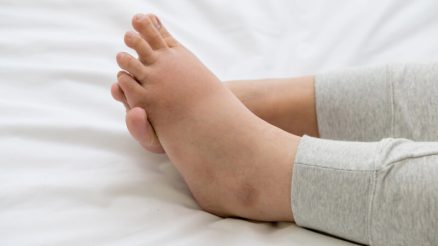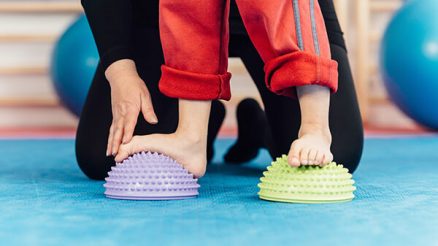Heel pain is a common foot complaint that affects people of all ages, from active athletes to those with more sedentary lifestyles. It can stem from various causes, including plantar fasciitis, Achilles tendinitis, heel spurs, bursitis, and more. The good news is that most cases of heel pain can be managed successfully with conservative treatments. This article covers a range of strategies—both immediate and long-term—that can help provide relief and prevent recurrence.
1. Rest and Activity Modification
One of the first steps in relieving heel pain is reducing activities that put stress on your heel. If you’re a runner or spend a lot of time standing or walking on hard surfaces, taking a break or modifying your routine can prevent further damage and give the tissue time to heal.
Tips:
- Avoid high-impact activities like running or jumping.
- Switch to low-impact exercises such as swimming or cycling.
- Take frequent breaks if your job requires prolonged standing.
2. Ice Therapy
Applying ice to the affected heel can reduce inflammation and numb the area, offering quick relief from pain.
How to Apply:
- Use an ice pack or frozen water bottle.
- Apply for 15–20 minutes, 2–3 times per day.
- Wrap the ice in a thin towel to prevent skin damage.
3. Stretching and Strengthening Exercises
Tight calf muscles and plantar fascia are often culprits in heel pain. Gentle stretching can help improve flexibility and reduce stress on the heel.
Effective Stretches:
- Calf Stretch: Stand facing a wall, one foot in front of the other. Lean forward while keeping the back leg straight and heel on the ground.
- Plantar Fascia Stretch: Sit down and place one foot over the opposite knee. Pull your toes back toward your shin until you feel a stretch along the arch.
- Towel Scrunches: Strengthen the foot muscles by using your toes to scrunch a towel placed under your feet.
Frequency: Perform these exercises daily, especially in the morning and before bed.
4. Supportive Footwear
Wearing proper shoes is key in both treating and preventing heel pain. Flat, unsupportive shoes can exacerbate conditions like plantar fasciitis.
What to Look For:
- Arch support
- Cushioned heel
- Proper fit (not too tight or too loose)
- Low to moderate heel (avoid flat flip-flops and high heels)
Pro Tip: Replace worn-out shoes regularly, especially athletic footwear that has lost its cushioning.
5. Orthotic Inserts
Over-the-counter or custom orthotics can help redistribute pressure away from the heel and support proper foot alignment.
Types of Inserts:
- Gel heel cups for cushioning
- Arch supports to relieve plantar fascia strain
- Full-length orthotics for overall foot support
Consult a podiatrist for recommendations based on your foot structure and specific condition.
6. Anti-Inflammatory Medications
Nonsteroidal anti-inflammatory drugs (NSAIDs) like ibuprofen or naproxen can help reduce pain and swelling in the short term.
Note: Always take medications as directed and consult a healthcare provider if you have any underlying conditions or are taking other medications.
7. Night Splints
Night splints hold your foot in a flexed position overnight, keeping the plantar fascia and Achilles tendon gently stretched. This can reduce morning heel pain, a hallmark symptom of plantar fasciitis.
How They Help:
- Prevents overnight contraction of the fascia
- Reduces first-step pain in the morning
- Usually worn for several weeks for best results
8. Physical Therapy
A physical therapist can design a tailored exercise and treatment plan to strengthen your foot and lower leg muscles, improve mobility, and relieve stress on your heel.
May include:
- Manual therapy
- Ultrasound therapy
- Gait analysis and retraining
- Progressive loading exercises
9. Weight Management
Excess body weight increases pressure on your feet, especially the heels. Maintaining a healthy weight can significantly reduce heel pain and improve mobility.
Small lifestyle changes help:
- Incorporate regular low-impact exercise
- Follow a balanced, nutrient-rich diet
- Work with a healthcare provider or dietitian for personalized guidance
10. When to See a Doctor
If your heel pain persists beyond a few weeks despite home treatment, or if it worsens over time, seek medical attention. You may need imaging (X-ray or MRI) or specialized care.
Red Flags:
- Severe pain that prevents walking
- Swelling or numbness
- Pain after an injury
- No improvement after 2–4 weeks of home care
Conclusion
Heel pain can be frustrating, but with the right mix of rest, supportive gear, stretches, and professional care, most people recover without needing invasive treatments. Early intervention and consistent self-care are key. If you’re unsure about the cause of your heel pain or it’s interfering with your daily life, don’t hesitate to consult a foot care specialist.








